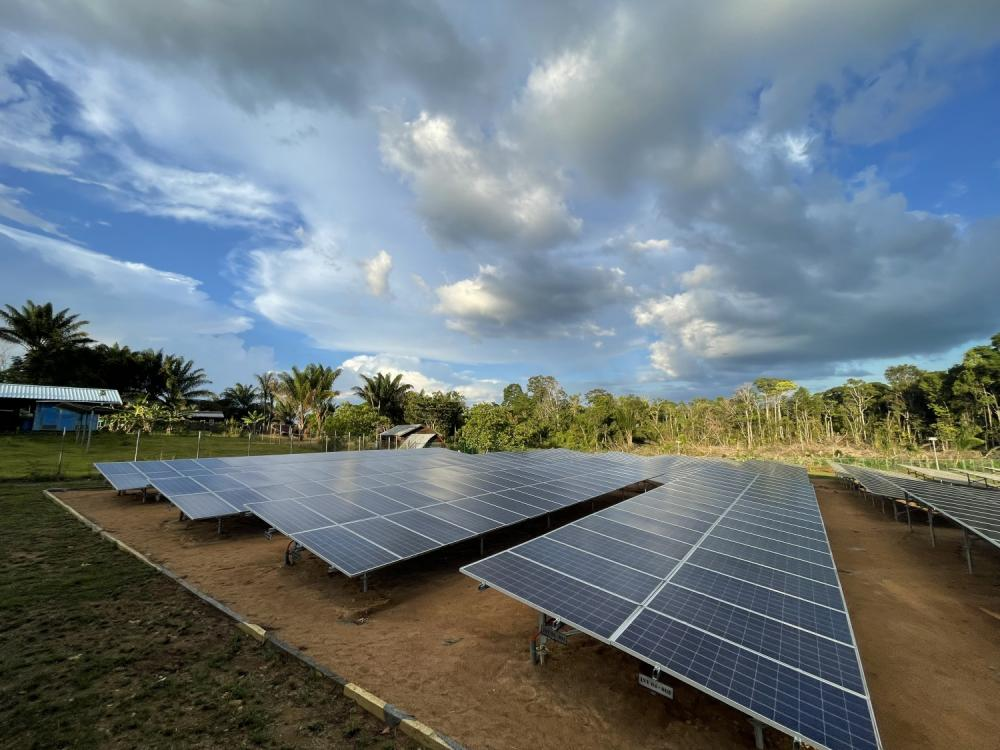In an era where energy security is paramount, the Brazilian military has taken significant steps to enhance its power stability through a new photovoltaic (PV) plant. This innovative initiative, supported by Atess technology, aims to reduce reliance on diesel fuel while providing cost-effective and reliable energy for border command operations.

Enhanced Energy Stability
The implementation of the PV plant plays a crucial role in bolstering energy stability for the Brazilian military. By harnessing solar energy, the military can ensure a consistent power supply, which is essential for operational readiness and efficiency. This transition to solar energy, particularly through the use of Atess solar battery storage systems not only strengthens the energy infrastructure but also aligns with global sustainability goals.
Reducing Reliance on Diesel
One of the primary objectives of the PV plant is to decrease the military’s dependence on diesel fuel. Historically, diesel has been a costly and environmentally taxing energy source. By shifting to solar power and incorporating Atess solar battery storage systems, the Brazilian military can significantly lower fuel costs and reduce its carbon footprint.
Cost-Effective Power Solutions
The PV plant represents a strategic investment in cost-effective energy solutions. By utilizing solar power and integrating Atess solar battery storage systems, the military can achieve substantial savings on energy expenditures over time. The reduced operational costs associated with solar energy and the efficiency of Atess solar battery storage systems will allow for better allocation of resources, ultimately enhancing overall mission effectiveness.
Conclusion
The establishment of the PV plant for the Brazilian military marks a pivotal advancement in energy management for border command operations. By enhancing energy stability, reducing reliance on diesel, and providing cost-effective power through Atess solar battery storage systems, this initiative supports military readiness and contributes to a more sustainable energy future.

